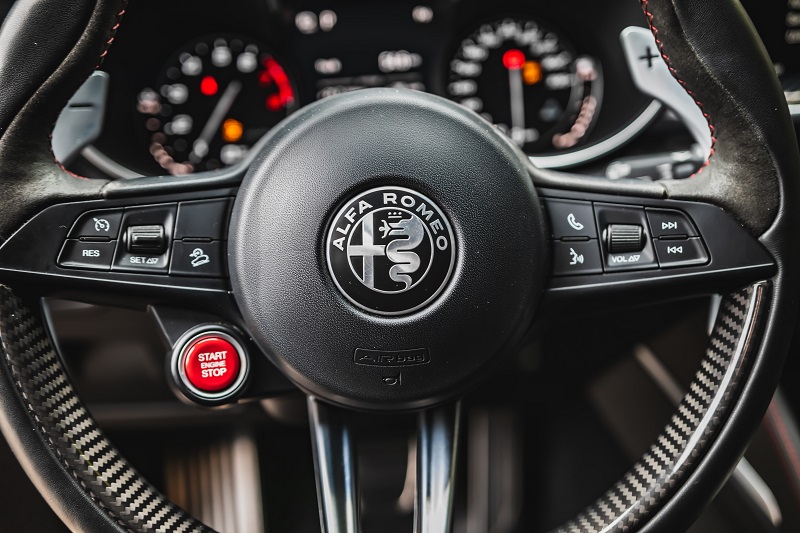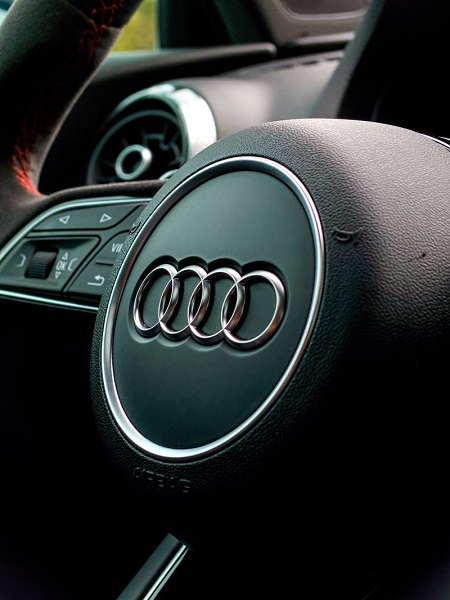Is your hydraulic power steering system still in tip-top shape? Is there an issue with the power steering oil? How will you even know if something is amiss with this critical component of your vehicle?
Before anything else, it’s important to note that not all steering issues are actually due to a problem with your steering system itself, which is made up of the steering wheel, tie rods, rack and pinion, column, and the rest.
More often than not, what seems to be a steering issue is a related part that impacts the steering or makes proper steering more challenging.
To give you a good idea of what to watch out for, here are some of the most common signs of steering or related issues.
Table of Contents
Steering Wheel Vibrates and Vehicle Shudders
There shouldn’t be any consistent vibration felt in your steering wheel and the vehicle shouldn’t shudder at all, except during those drives down washboard gravel roads. If you notice the presence of either of these two conditions, there is likely something wrong with the steering.

Your car may feel as if it is shuddering or you might feel some vibrations on your steering wheel because of worn-out tie rods. Based on their name, these tie rods are the parts that tie the rack and pinion, or, the steering rack or steering gear, to the steering knuckles affixed to the wheels and wheel hubs.
However, either of these conditions might also be the result of a tire with a bulge or one that requires balancing. Other common causes are glazed or warped brake rotors and uneven wear of the brake pad. The same thing can happen if your vehicle requires a wheel alignment soon.
Sloppy Steering Wheel
There may be an issue with a component of your hydraulic power steering system if the steering wheel has a sloppy feel to it as you can easily make some back-and-forth movements even if you don’t change your driving direction.

The most potential causes of this issue are the significantly loose and worn-out tie rods or even a worn-out steering rack. Under normal circumstances, you should only feel a responsive wheel that remains centred even as you let go out on a straight road stretch. There should only be minimal to no play in your steering wheel.
Car Feels Like It’s Floating Over Road Bumps
Car rides are meant to be comfortable without being too comfortable. If there are bumps in the road during your drive and your vehicle feels like it’s bouncing as if on a trampoline or floating like a boat riding the waves, your steering is not necessarily the issue here but probably the worn-out shock absorbers or struts. However, these worn-out shocks and struts can lead to potentially dangerous issues while you’re steering.
Every time you drive around corners, particularly sharp ones, the vehicle’s weight leans away from the turn, off of the other side’s tires. Your hydraulic power steering and suspension system is meant to counteract the transfer of weight to retain traction.
The shocks and struts are critical to this process. It means that although they are not necessarily a direct part of the steering system, they are still interconnected. If the shocks and struts are already old, you need to replace them as soon as possible.
Hard to Turn Steering Wheel
Power steering is common in most SUVs, cars, and trucks seen on the road these days. A hydraulic pump, with some models featuring an electric motor instead, helps the driver in turning the tires while the steering wheel is turned.
The old-school vehicles of bygone eras didn’t have this particular function, making it more difficult to steer them. A car equipped with power steering would be extremely challenging to steer as well if the power assist wasn’t there.
If you find it hard to turn the steering wheel, something may be wrong with your power steering system. A low amount of powering steering oil or fluid in the reservoir may reduce the power assist and may indicate a leak.
Another potential culprit is a broken or worn serpentine belt or a faulty power steering pump. A blown fuse or bad motor may also be the cause if your vehicle has an electric power assist.
Noises When Turning the Wheel
It can be disconcerting and downright alarming to hear unnatural and loud sounds coming from your vehicle. If you turn your steering wheel and you hear a squealing or screeching sound, this noise might have something to do with the steering system.
A defective power steering pump or low power steering oil can be the cause, as well as a worn-out serpentine belt. For grinding sounds, something must be wrong with the steering rack. The struts’ upper bearings might already be worn out if you notice quiet creaking sounds.
Bubbling or Foaming Power Steering Fluid
Power steering oil is translucent and often has a reddish tint to it. It shouldn’t be opaque or dark, nor should it be foamy. If you noticed bubbles or foaming when you checked the pump reservoir, it’s possible that the system has a leak and you need to repair it right away.
It’s also possible that the fluid is already old and requires replacement. Power steering fluid often contains an anti-foaming agent as an additive that can diminish with age. The system might also have moisture if you notice a milky appearance in the fluid. In this case, you need to flush out the fluid to fix the issue.
Steering Wheel Slips When Turning
Some drivers often complain that the tires refuse to follow when they turn the steering wheel as if the wheel has a dead zone where it doesn’t have any effect. It’s not a normal thing and you shouldn’t be driving your car at all if it’s the case.
But if it’s any consolation, it’s not a common problem. But if you do notice that your car doesn’t turn every time you turn your wheel or it doesn’t straighten back out after turning, you might need to replace or repair your steering rack.
Take your car to a qualified technician at your trusted repair shop if you notice any of these issues with your hydraulic power steering system.

